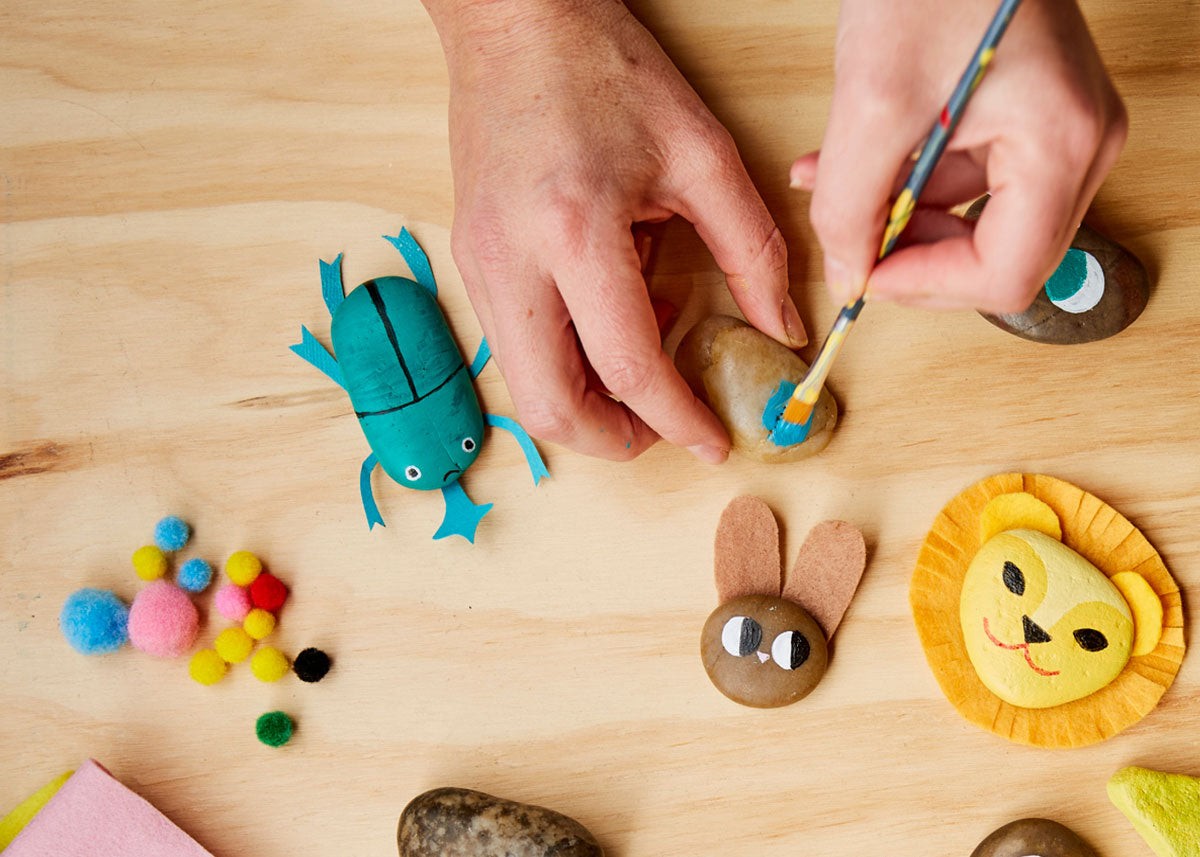When extraterrestrial visitors finally arrive on Earth, certain human trends will undoubtedly require some serious explaining. Among the hula hoops, Slinkys, and fidget spinners of history, Pet Rocks stand out as a particularly peculiar fad. How did something so utterly simple become such a sensation?
From Barroom Banter to Branded Bestseller
The Pet Rock story begins, as many unlikely tales do, with a drink. Gary Dahl, a copywriter residing in Los Gatos, California, found himself in a local bar. The conversation, as it often does, drifted to the topic of pets and the inherent hassles they bring – the feeding, the walking, and the inevitable cleanup.
In a moment of inspired (perhaps alcohol-induced) genius, Dahl declared his pet was no trouble at all. His secret? He owned a pet rock. It was a joke, a throwaway line, but something about the sheer absurdity of it sparked an idea in Dahl’s mind. Could this silly concept actually work?
Turning Stones into Gold: An Unlikely Investment
Within a couple of weeks, Dahl had convinced a couple of friends to invest in his outlandish idea. They headed to a local hardware store and purchased a truckload of smooth beach stones for mere pennies each. The ambitious plan? To repackage and sell these rocks for $3.95 a piece.
The question hung in the air: who would possibly pay for something readily available in any backyard? The answer, astonishingly, was over 1.5 million people in the months leading up to Christmas 1975.
Branding Brilliance: The Magic Behind the Marketing
Gary Dahl’s true stroke of genius wasn’t the rock itself, but the branding. Decades ahead of his time in understanding marketing psychology, Dahl packaged each Pet Rock in a cardboard carrying case, complete with ventilation holes to ensure the ‘pet’ could breathe. Inside, nestled on a bed of straw, lay the smooth, grey rock.
Leveraging his copywriting expertise, Dahl crafted an official “Care and Training Manual.” This humorous guide provided tongue-in-cheek instructions on how to look after, feed, and even housebreak your inanimate companion. “If, when you remove the rock from its box, it appears to be excited, place it on some old newspapers,” the manual quipped. “The rock will know what the paper is for and will require no further instruction. It will remain on the paper until you remove it.” The manual was a key element, adding to the novelty and comedic appeal.
The Rise and Fall (and Lasting Legacy) of a Fad
Like most fads, the Pet Rock craze was intense but fleeting. While Dahl successfully trademarked the name “Pet Rock,” he couldn’t prevent competitors from jumping on the bandwagon and selling rocks in boxes. The market quickly became saturated with imitators, diluting the novelty and appeal. As Newsweek later dubbed it, “one of the most ridiculously successful marketing schemes ever” had run its course.
Despite its short lifespan, the Pet Rock phenomenon remains a fascinating case study in marketing, branding, and the power of humor. It demonstrated that with the right packaging and a clever story, even the most ordinary object can become a must-have item. The Pet Rock serves as a quirky reminder of the sometimes-unpredictable nature of consumer trends and the enduring appeal of a good joke.
/ / /
This article is inspired by the original feature in Lunch Lady Issue 9, written by Rick Bannister with rock designs by Beci Orpin.
